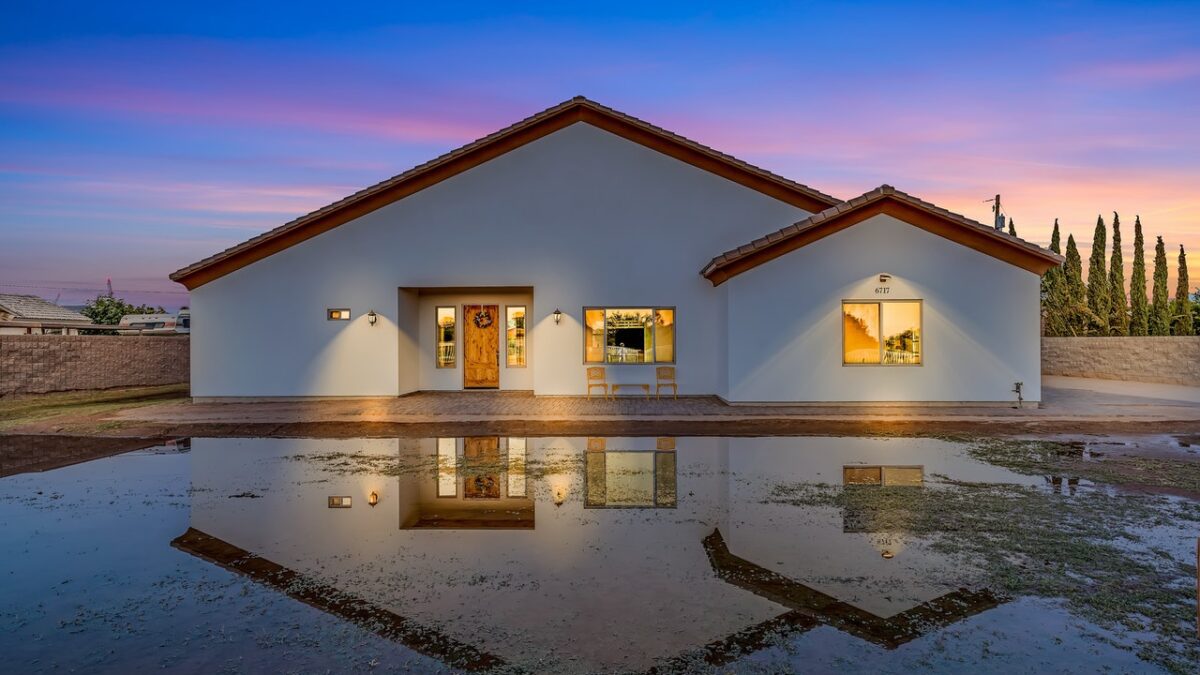
Daylight Savings Time Ends
November 4, 2017
Loan Processor Shortcut – Institutional Alliance
November 30, 2017Homeowners and Landlord Insurance Policies are both a form of Fire Insurance. Property Insurance policies are usually based on Reconstruction Cost Value vs Market Sales Value. Mortgage companies refer to the coverage as Hazard Insurance where most homeowners refer to it as home insurance.
The primary coverage item on each of these policies is listed as ‘Dwelling Coverage’; dwelling refers to the primary structure on the property, the house itself. Insurance companies gather the characteristics of the home including the style, the year built, the square footage and number of bathrooms; these details and more are entered into a Construction Industry standard software to calculate the reconstruction cost of the house.
Since the worst covered scenario is a total fire loss, the insurance company’s risk is the reconstruction of the home as it was prior to the loss. Since we now understand what we are covering, insurance is based on the reconstruction value of the house, the sales value of the home has no bearing on the cost to rebuild the home.
Mortgage companies are only allowed to require insurance to cover the full replacement of the dwelling during a total loss; most insurance policies also offer a percentage guarantee over the dwelling limit, however, this percentage does not come into play during the calculation of the cost of reconstruction.
It is essential to understand the elements of the insurance contract; for those interested, it may be worth researching the Co-Insurance Clause and the terms and conditions of the Extended Dwelling Replacement Cost Endorsement.
Since there are slight differences between carriers, it is essential to review your specific insurance policy declarations page and attached endorsements to fully understand the details as they pertain to your home. Some carriers offer FREE Quotes Online for homeowners insurance.

